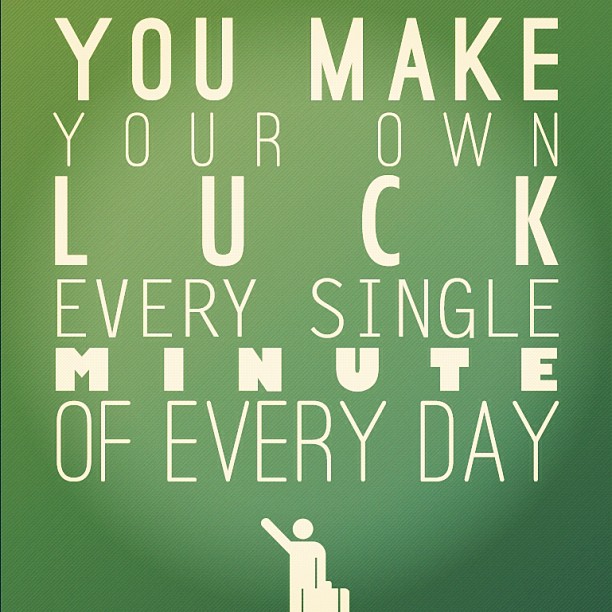Do people push your buttons? They do mine. I’ve certainly got some soft spots that people can get my goat with. Actually, different people rile up different goats because of patterns we’ve set up. While flaring back at the person who has my goat seems momentarily appropriate, I’ve learned that over the long term it’s usually not in my best interests. So, what to do? Here are some ideas.
There are at least two tools I can use to help me “stay cool” when someone is trying to get my goat.
First, if I can see that the environment is ripe for a joust, I can use my favorite Ho’oponopono affirmation : “I love you. I’m sorry. Please forgive me. Thank you.”
What Ho’oponopono does is rearrange my thoughts so that I maintain a focus on the bigger picture. It reminds me that I am accountable for the upcoming transaction and that I can choose to manage it differently than I have in the past (thus avoiding ongoing, patterned eruptions). Ho’oponopono allows us to short-circuit some of the fight-or-flight reflexes human beings have, and that alone can pour cold water on a potentially explosive engagement.
It’s like a golfer taking a few practice swings before addressing the ball on that par 5, 492-yard hole. The practice grounds the golfer. It makes him feel good about his next move. And it produces a good swing that gets him 250 yards. He proceeds to create his own reality—one that is in his best interests.
What if it’s too late?
OK. So the button pusher comes out of the shadows and suddenly has your goat in a headlock before you even know what’s happening. Too late for preemptive Ho’oponopono.
Well, you know the mantra from Viktor Frankl:
“Between stimulus and response there is a space. In that space is our power to choose our response. In our response lies our growth and our freedom.”
To ensure that the transaction does not go where it’s always gone (assuming the button pusher is a close associate and this pattern is familiar), your first choice is to stop. Put on the brakes. Put some extra time in that “space” between stimulus and response.
Any response you might make of a sudden nature is most likely a flight-or-flight reaction that will trigger the antagonist’s fight-or-flight reaction. It is probably from your Knower/Judger persona, and while the K/J does some great things, this may not be one of them. Buy yourself some time to actually exercise Viktor Frankl’s “power to choose.”
What can you do in that space between stimulus and response?
Ho’oponopono can still work. It can have the same calming effect and get you to a place where you see the situation more neutrally.
When someone tries to get our goat, we tend to take it personally, as if the aggressor meant to hurt us. In reality, people press other people’s buttons to satisfy their own Momentary Emotional Needs. They do it to make themselves feel good, not to make you feel bad.
Ho’oponopono lets you take full accountability for what happens next by asking the aggressor to forgive you for thinking he might actually want to hurt you. It sounds like “I love you. (It’s really good karma to love all). I’m sorry. Please forgive me (for thinking you meant to poke me that way). Thank you.” Yeah, it’s turning the other cheek. I urge you to try it and see for yourself what happens next. I guarantee that things will change.
Another thing you can do in that space is to consider the three responses Eckhart Tolle shares in his book A New World:
- Engage enthusiastically (turn it around and make it comical, entertaining, or fun)
- Enjoy passively (consider the higher role you play as you end the struggle and the stress your antagonist is attempting to generate)
- Accept
These are responses that contribute positively to the environment. In my experience, they never fuel argument, struggle, or bad karma. They also come from the Learner/Researcher persona, a position from which we can learn and grow.


